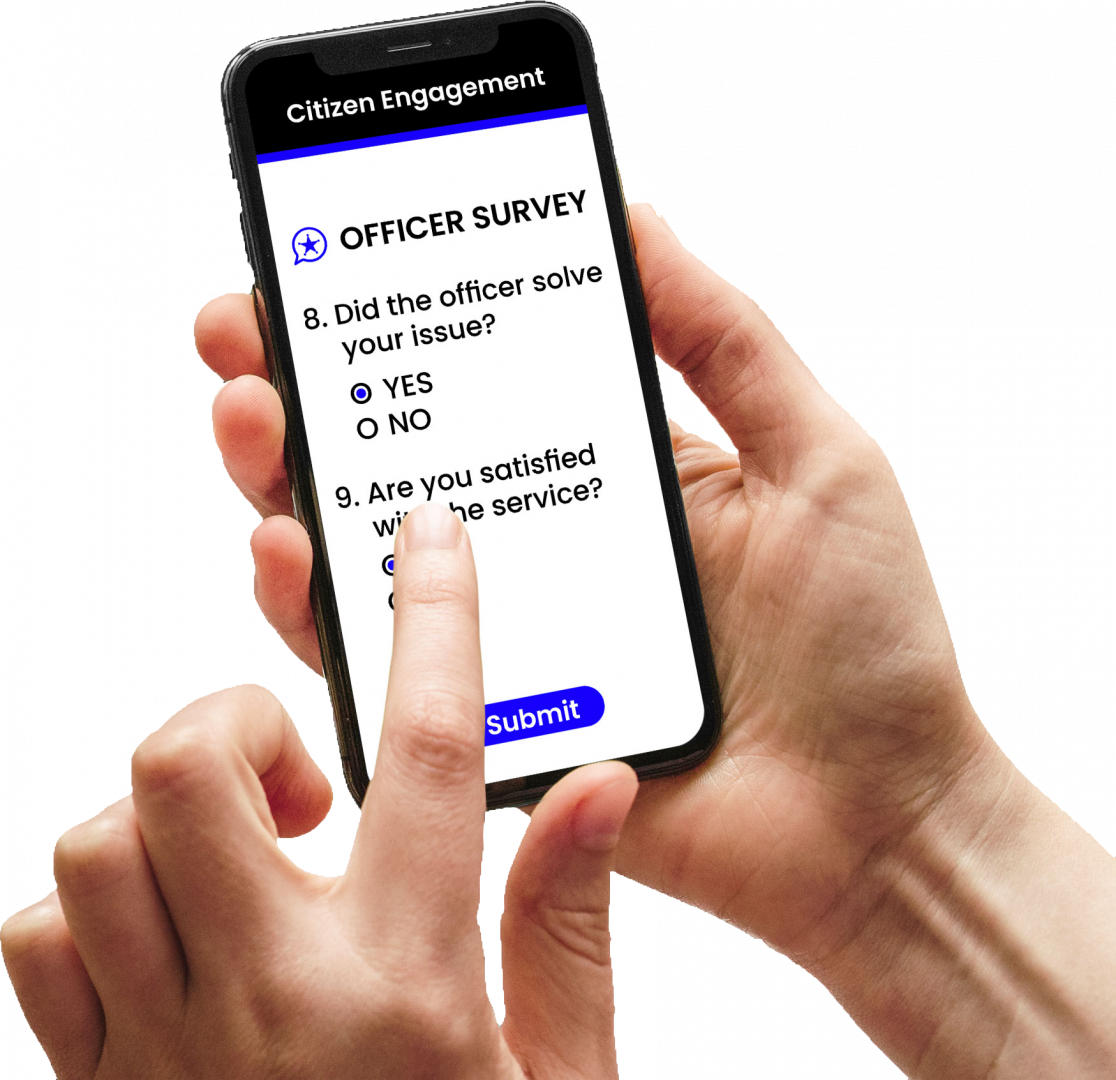How to Improve Community Policing?
Seasoned police officers know too well that community policing is easier said than done. With the growing number of issues concerning police brutality, negligence, and lack of transparency, trust becomes more crucial. It is more crucial to build between the police department and the community they serve.
In essence community policing is imperative in building a good relationship with the community. How can this be done with the longstanding tensions between police and the public? Here, let’s identify what are the other means of improving community policing.
Is Community Policing really helpful?
Community policing is said to bring the law enforcers and citizens together to prevent crime and solve recurring problems in the community. Through this, the police get a better understanding of the actual needs of the community and work together to achieve the common goal – of a safer and better community to live in.
This strategy has been very much effective in many places that policymakers continue to promote community-oriented policing as an effective strategy that will help enhance public trust and police legitimacy.
Here are the 8 Ways to Improve Community-Oriented Policing
Unfortunately, not all of those who implement community policing succeeded with their goals. In some cases, no significant change in the relationship between the police department and community happened. Some even made it worse.
If community policing effective, why isn’t it working? Well, maybe a little improvement in its implementation can be done. Here are some ways on how to improve community policing:
1. Recognize that there is a need to improve in the community-oriented policing
Sometimes, what hinders the police department to improve is the lack of acknowledgment that what they are doing is not good enough, that there is a need to modify. Recognizing that some ways are not working as expected is the first step to making a better relationship with the community members.
2. Encourage police officers to live in the community where they work.
It’s easier for the community members to curse the people that they don’t know. But neighbors with them could totally change the picture. Living in the community where the law enforcers work allows both parties to get to know each other – this improves neighborhood relations and promotes legitimacy with police work.
3. Do immersion and interaction with people (in non-enforcement situations).
If it’s difficult to live with the people, then at least make the presence of the police officers known to the public – and not only during non-enforcement situations. There are various ways to how the police department can help the community: doing community work, interacting with civilians, helping people with tasks that are not necessarily aligned with being a law enforcer, and the like.
4. Study the type of community that the police department is serving.
Each community is unique on its own. Maybe the community policing strategies that worked in other places will not work in the specific community that a certain police department is serving. Probably because of the diverse cultural background, history of the community, or nature of the citizens living there.
5. Train police officers to acknowledge and work comfortably with different racial backgrounds.
Harnessing relationships with the community would seem difficult to develop if the law enforcers are not comfortable with the culture of the people that they are serving. Double standards, biases, and initial impressions are difficult to obliterate. Hence, it’s necessary to orient well and train police officers on how they can work in a community with different racial backgrounds.
6. Explain community-oriented policing down to the last detail.
A common understanding of the end goal does not summarize the process of how it is achieved. Sometimes, there is a need for things to be discussed step-by-step, one at a time. Was the plan of community policing made known to all members of the community? Is there enough representation for all? Is everyone consulted and informed? Describe the process – from start to end.
7. Abolish practices that pit the police against the community.
Admittedly, there are practices (and laws) that somehow pit police officers against the community. These practices encourage the use of force to achieve public safety.
8. Engage community members and be open to communicate with them.
By practice, police officers may tend to engage in liner communication due to the nature of their work. But this does not mean that this should also be done towards the community members. There should be interpersonal communication between the law enforcers and the members of the community.
With all the tasks at hand and a limited number of people to work in the department, police officers may tend to shut down communication lines to accomplish everything that they had to do – foregoing what could have been a good venue for communication between them and the citizens.
Building rapport is crucial in improving community policing.
If getting feedback and communicating with all community members seem challenging, the police department can always make use of technology to make things more convenient. They can utilize applications and software, like Office Survey, in getting real-time feedback and analysis of the reports the citizens provide. This eliminates the hassle of the traditional means of surveying and data analysis. In just a single tap, the police department can already view an in-depth analysis of the neighborhood that needs special attention and requires an immediate response.
Community policing is challenging. But not impossible. It is a philosophy that should be made known to everyone involved and improved by everyone involved. To achieve the goal of a better and safer community, police officers must work hand-in-hand with the citizen to ensure its success.








